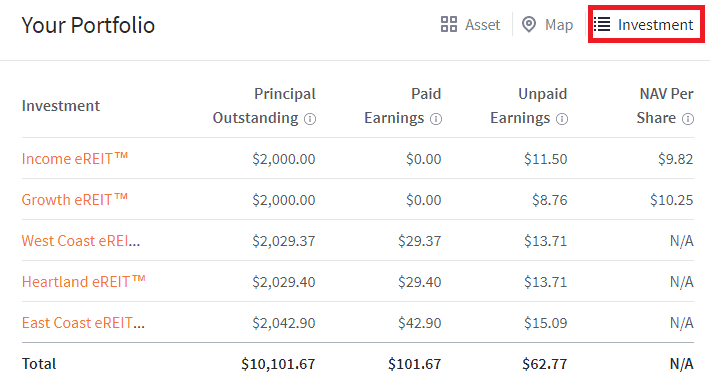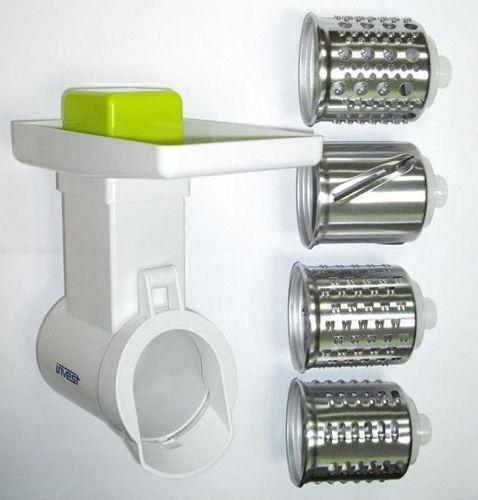
To understand the Forex market, you must understand what is a forex spread. The most common currency pair is the EUR/USD. There are two main types of spreads, floating and fixed. The floating spread changes with market prices and market trends, while the fixed spread stays static. If the price of one currency pairs is going up or down, then a fixed spread is relevant. Fixed spreads may also be affected by a recession and changes in monetary policy.
Variable
Variable forex spreads are different from fixed forex margins. It is important to be able to distinguish between the different spreads and choose the best forex spread for you. There are many benefits to both types of spreads.
Variable forex spreads are more expensive during busy periods. Fixed forex spreads are cheaper during busy periods. Fixed spreads provide certainty and protection against fluctuation, but they are not the best for scalpers. The spreads are often widened, which can reduce scalper profits. Variable forex spreads should be avoided by news traders as they can quickly wipe out their profit margins.

Fixed
Fixed forex spreads provide a low entry-point for foreign currency trading. If you have the right strategy, these spreads will allow you to enter or exit the market at any moment and even make a profit. Either an ECN broker, or a market-maker broker, the fixed forex spread will be the same regardless of which broker you choose. ECN brokers may use multiple liquidity providers. Market makers brokers handle trades through their own deal desk.
Fixed forex spread is a charge that the broker charges, and which is not affected by market conditions. This makes the trading environment stable, and calculating the total cost of the trade is easier. This broker is licensed by the International Financial Services Commission and can offer up to 55 currency pairs. Other features of this broker include news time and scalping. However, it is important to choose a regulated broker. This list of regulated brokers should help you make an informed decision.
Floating
A floating forex spread poses more risks than a fixed narrow spread. Floating spreads are more risky than fixed narrow spreads and can cause higher losses when volatility spikes. Before using floating spreads, it is crucial to fully understand their risks. To make an informed decision about which forex spread is best for you, learn the pros and con of each. Listed below are some of the drawbacks of using a floating forex spread.
Fixed Spread: The average of a floating range over a period of time is referred to as a fixed spread. Fixed spreads may be between three and five pips every day. Before you trade, it is possible to count your costs. It is important to remember that spreads could change and you will need to absorb them. A fixed spread is generally a better option. Before choosing which type of spread to use, you should consider your capital.

Commission-based
Consider the commissions when deciding which forex broker to use. While many forex brokers claim to charge no commissions at all, the reality is much different. This fee is calculated into the spread between ask price and bid price. The spread is often measured in pip, which is the smallest unit for price movement. Pips are 0.0001 of one percent point. The EUR/USD spread would then be 1.1051/1.1053. The spread on a Japanese pair of yen is three decimal places.
Forex brokers can make money by offering a commission-based spread. The spread is calculated as the difference between the ask price and the bid price. The difference is the commission the broker receives from the sale. Let's look at an example. Spreads of two pips are possible if traders use dollars from the United States to purchase euros. However, when the market becomes more active, the spread would widen to three pips.
FAQ
How are securities traded?
The stock market is an exchange where investors buy shares of companies for money. Shares are issued by companies to raise capital and sold to investors. Investors can then sell these shares back at the company if they feel the company is worth something.
Supply and demand are the main factors that determine the price of stocks on an open market. The price goes up when there are fewer sellers than buyers. Prices fall when there are many buyers.
There are two ways to trade stocks.
-
Directly from the company
-
Through a broker
Who can trade in stock markets?
Everyone. But not all people are equal in this world. Some people have more knowledge and skills than others. So they should be rewarded for their efforts.
Other factors also play a role in whether or not someone is successful at trading stocks. If you don’t know the basics of financial reporting, you will not be able to make decisions based on them.
This is why you should learn how to read reports. You must understand what each number represents. You must also be able to correctly interpret the numbers.
If you do this, you'll be able to spot trends and patterns in the data. This will help you decide when to buy and sell shares.
If you're lucky enough you might be able make a living doing this.
How does the stock exchange work?
You are purchasing ownership rights to a portion of the company when you purchase a share of stock. Shareholders have certain rights in the company. He/she can vote on major policies and resolutions. He/she may demand damages compensation from the company. The employee can also sue the company if the contract is not respected.
A company cannot issue any more shares than its total assets, minus liabilities. It is known as capital adequacy.
A company with a high capital adequacy ratio is considered safe. Low ratios can be risky investments.
What's the difference between a broker or a financial advisor?
Brokers are specialists in the sale and purchase of stocks and other securities for individuals and companies. They manage all paperwork.
Financial advisors are specialists in personal finance. They are experts in helping clients plan for retirement, prepare and meet financial goals.
Banks, insurers and other institutions can employ financial advisors. You can also find them working independently as professionals who charge a fee.
Consider taking courses in marketing, accounting, or finance to begin a career as a financial advisor. Also, it is important to understand about the different types available in investment.
Statistics
- Our focus on Main Street investors reflects the fact that American households own $38 trillion worth of equities, more than 59 percent of the U.S. equity market either directly or indirectly through mutual funds, retirement accounts, and other investments. (sec.gov)
- For instance, an individual or entity that owns 100,000 shares of a company with one million outstanding shares would have a 10% ownership stake. (investopedia.com)
- Even if you find talent for trading stocks, allocating more than 10% of your portfolio to an individual stock can expose your savings to too much volatility. (nerdwallet.com)
- The S&P 500 has grown about 10.5% per year since its establishment in the 1920s. (investopedia.com)
External Links
How To
How to open and manage a trading account
The first step is to open a brokerage account. There are many brokers available, each offering different services. Some brokers charge fees while some do not. Etrade is the most well-known brokerage.
Once you have opened your account, it is time to decide what type of account you want. Choose one of the following options:
-
Individual Retirement Accounts (IRAs)
-
Roth Individual Retirement Accounts
-
401(k)s
-
403(b)s
-
SIMPLE IRAs
-
SEP IRAs
-
SIMPLE 401K
Each option has its own benefits. IRA accounts have tax benefits but require more paperwork. Roth IRAs allow investors to deduct contributions from their taxable income but cannot be used as a source of funds for withdrawals. SIMPLE IRAs have SEP IRAs. However, they can also be funded by employer matching dollars. SIMPLE IRAs are simple to set-up and very easy to use. They enable employees to contribute before taxes and allow employers to match their contributions.
You must decide how much you are willing to invest. This is your initial deposit. You will be offered a range of deposits, depending on how much you are willing to earn. A range of deposits could be offered, for example, $5,000-$10,000, depending on your rate of return. The lower end represents a conservative approach while the higher end represents a risky strategy.
After deciding on the type of account you want, you need to decide how much money you want to be invested. Each broker sets minimum amounts you can invest. These minimums can differ between brokers so it is important to confirm with each one.
After you've decided the type and amount of money that you want to put into an account, you will need to find a broker. Before you choose a broker, consider the following:
-
Fees - Be sure to understand and be reasonable with the fees. Brokers often try to conceal fees by offering rebates and free trades. However, some brokers actually increase their fees after you make your first trade. Be wary of any broker who tries to trick you into paying extra fees.
-
Customer service: Look out for customer service representatives with knowledge about the product and who can answer questions quickly.
-
Security - Look for a broker who offers security features like multi-signature technology or two-factor authentication.
-
Mobile apps – Check to see if the broker provides mobile apps that enable you to access your portfolio wherever you are using your smartphone.
-
Social media presence - Check to see if they have a active social media account. If they don’t have one, it could be time to move.
-
Technology - Does the broker use cutting-edge technology? Is the trading platform user-friendly? Are there any issues with the system?
Once you have selected a broker to work with, you need an account. Some brokers offer free trials, while others charge a small fee to get started. You will need to confirm your phone number, email address and password after signing up. Next, you will be asked for personal information like your name, birth date, and social security number. You will then need to prove your identity.
After you have been verified, you will start receiving emails from your brokerage firm. You should carefully read the emails as they contain important information regarding your account. This will include information such as which assets can be bought and sold, what types of transactions are available and the associated fees. Track any special promotions your broker sends. You might be eligible for contests, referral bonuses, or even free trades.
The next step is to open an online account. Opening an online account is usually done through a third-party website like TradeStation or Interactive Brokers. Both sites are great for beginners. You'll need to fill out your name, address, phone number and email address when opening an account. After this information has been submitted, you will be given an activation number. This code is used to log into your account and complete this process.
You can now start investing once you have opened an account!